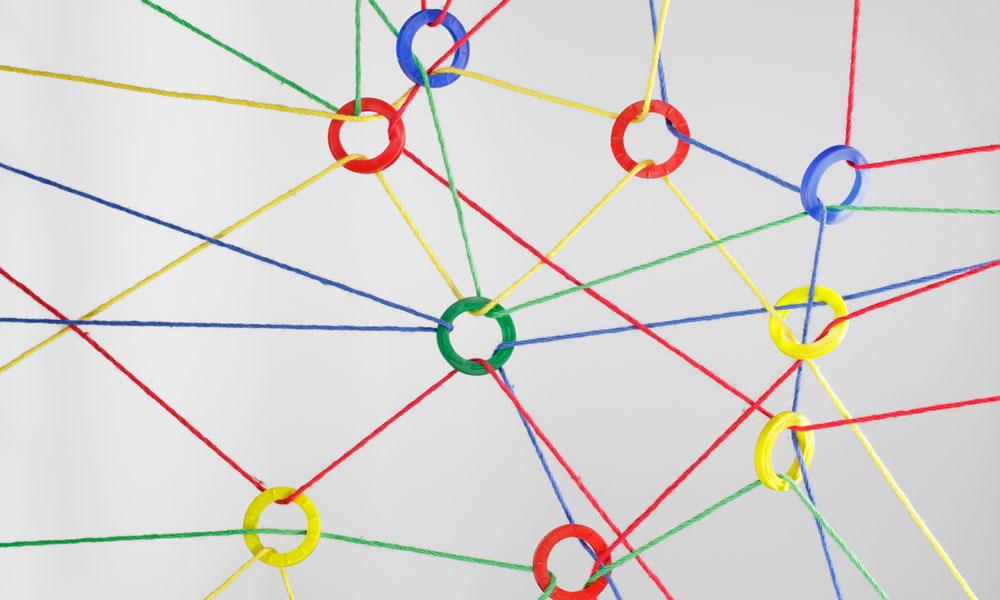
Data-Driven Meetings: Is Your Association Ready?
One conference hired scientists to develop algorithms to better engineer in-person meetings. If that sounds too advanced for your association, using existing data may be a place to start.
Imagine having to schedule 600 15-minute meetings over the course of 48 hours at your association’s annual convention. Sounds like a nightmare for any meeting planner, doesn’t it?
We don’t always get it right, but we’re getting better.
That’s exactly what happened earlier this month at the Collision tech conference in Las Vegas. What’s even more fascinating about that feat is how the conference did it. With attendees who include entrepreneurs from 1,200 startups and more than 450 investors, plus a goal to connect these two groups in mutually beneficial ways, Collision used data science ahead of the meeting to pair them up, according to a BizBash article.
“Through an approach organizers call ‘engineering serendipity,’ the organizers hired a team including computational physicists, applied statisticians, and other scientists to design algorithms that helped engineer the most purposeful face-to-face connections,” BizBash reported.
Mike Harvey, director of communication, told the website that the team is trying to drive human interaction with preconference data science—something that may seem counterintuitive to some. But it seems to be working: Harvey noted that this year’s Collision was five times larger than 2014.
A post on the conference blog by Paddy Cosgrave, CEO of Ci, the company behind Collision, dives deeper into this idea of “engineering serendipity.”
“Most conference organizers, it turns out, fret over manually curating seating plans, compiling speaker lists by hearsay, and handpicking invites for networking events,” he wrote. “Manual approaches in particular begin to fail as conferences scale because the permutations a curator needs to consider tend towards infinity. But complement them with technology and you can fundamentally change conferences.”
Cosgrave added that Ci’s team “designs algorithms that take into account who you are and who you might benefit from being on a pub crawl with or in a meeting with. We don’t always get it right, but we’re getting better.”
And when they don’t get it right or know they can do better, Cosgrave and his team are ready to fix, update, and overhaul for the next conference. “No gathering is the same the following year. Each year is a new model or operating system,” he wrote.
One way they do this is by hanging GoPro cameras in every corner of a venue to understand how people move around. “We wanted to improve the flow of people, networking in general, along with the level of interactions at exhibition stands and lots more,” he wrote.
While most associations will not have the budget to hire a team of scientists to design algorithms that help facilitate better in-person meetings, there is something to be said about using data that you have readily available (past attendee lists, speaker and session ratings) to make decisions about who you send marketing materials to, which speakers you choose to present, and so forth. After all, data-driven meetings decisions will likely lead to greater attendee satisfaction.
Or perhaps you can follow in the footsteps of Collision and hang up some cameras around your meeting, whether on the tradeshow floor or in session rooms, to see how people move around and network with one another.
How is your association using data to make decisions or changes to your meetings and conferences? Share your story in the comments.
(iStock/Thinkstock)






Comments